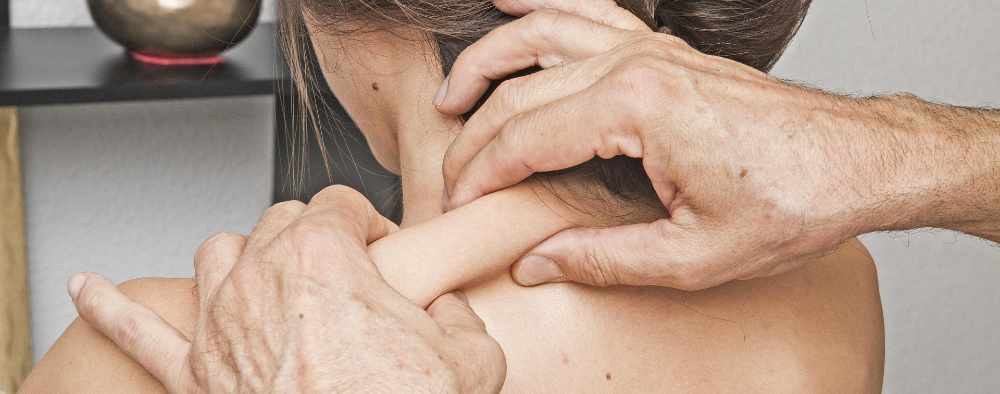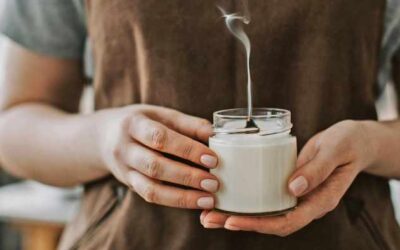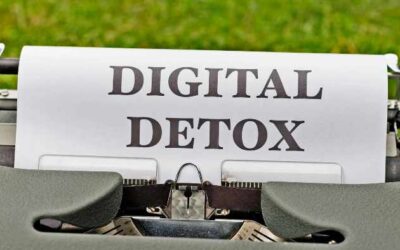by Susan Stamper •
Content Marketing Manager, ChiroHealthUSA •
So, maybe you’ve seen those shiny social media videos of folks getting their faces rubbed in a way that looks very relaxing and comes with promises of “de-puffing” and “detoxing.” Or maybe you’ve added a dry brush to your morning routine and feel fancier than a rooster in a henhouse. But if you’re sitting there wondering whether this whole Lymphatic Drainage Therapy (LDT) thing is a real game-changer or just another flash-in-the-pan health trend, you’re in the right spot. We’re about to pull back the curtain on LDT.
What in the World is Lymphatic Drainage Therapy?
Lymphatic Drainage Therapy is a gentle massage technique aimed at encouraging the movement of lymph—the clear fluid that helps remove waste and toxins from your tissues. Think of your lymphatic system like a country backroad system, winding and twisting, not as flashy as the highway (aka the bloodstream), but mighty important when it comes to cleanin’ house.
Your lymph system plays a big role in your immune health and fluid balance. It doesn’t have a pump like your heart. Nope, it relies on movement—like your muscles working during a walk, or a light massage—to keep things flowing (Cleveland Clinic, 2023). Without it, your body might hold onto toxins like your Aunt Betty holds onto her favorite casserole dish at the potluck.
How Does Lymphatic Drainage Work?
LDT involves slow, rhythmic, and gentle movements meant to mimic the natural flow of lymph fluid. The goal is to direct that fluid to areas with functioning lymph vessels and nodes (Cedars-Sinai, 2023).
There are two types:
- Manual Lymphatic Drainage (MLD): Done by a trained therapist using light hand movements.
- Self-care Lymphatic Techniques: Done at home with dry brushing or guided massage.
The strokes are so gentle, they make butterfly kisses feel like a bear hug. But don’t be fooled—this soft approach packs a big punch in terms of benefits.
Who Needs This Stuff?
Here’s the thing—LDT isn’t just for folks dealing with lymphedema, post-surgery swelling, or recovering from cancer treatment (though it certainly helps them too). It’s also beneficial for:
- Folks looking to reduce inflammation
- People suffering from chronic fatigue
- Anyone with sinus congestion
- Folks with digestive issues
- People prone to puffiness or fluid retention
If you’re living in a high-stress state, your lymphatic system might be moving slower than molasses in January. LDT can help speed things up gently.
At-Home or In-Office: What’s the Best Route?
Great question! If you’re dealing with a medical condition such as lymphedema or recovering from surgery, don’t mess around—see a licensed therapist. They’re trained in the right touch and technique to get things flowing safely.
But if you’re just feelin’ a little sluggish or puffy, there are things you can do at home:
- Dry Brushing: Use a natural bristle brush in long, gentle strokes toward your heart. Do it before your shower and you’ll feel as peppy as a squirrel in springtime.
- Bouncing Movements: Light rebounding on a mini trampoline (yes, really!) helps move lymph like a breeze through the trees.
- Deep Breathing: Your diaphragm is like the engine of your lymph train. Breathe deep and slow to get things chuggin’ along.
- Hydration: Drinking water helps flush your system. Aim for that clear-as-a-stream pee, y’all. 💧
What’s the Catch?
Now, LDT isn’t a magic wand. It won’t cure disease, and it shouldn’t replace your regular medical care. But it’s a great complement to a healthy lifestyle. Like cornbread to chili—it ain’t the whole meal, but it sure makes everything better.
Some folks may feel a little light-headed or tired afterward, so take it easy. And always, always check with your doctor first, especially if you’ve got heart issues, kidney problems, or blood clots.
Is It Just a Trend?
While TikTok may have brought LDT into the spotlight with all the glamorous facials and spa treatments, it’s been around for decades. It’s used in hospitals and by physical therapists, and it’s backed by real science (WebMD, 2023; Chikly Institute, 2023). This isn’t just snake oil in a mason jar, friend—it’s real, practical support for your health.
Final Thoughts from Your Southern Sister in Health
Lymphatic Drainage Therapy might sound fancy, but it’s really just good, ol’-fashioned care for your body. It’s like helping your body take out the trash and keep the place tidy. Whether you’re dealing with puffiness or just trying to boost your wellness, LDT can be a great addition to your routine.
So if you’re wondering whether it’s worth a try, I say yes, ma’am, give it a go. Worst case, you feel relaxed and refreshed. Best case, your body starts feeling lighter, clearer, and more energized.
Keep brushin’, breathin’, and blessin’ your lymph, y’all.
Sources:
Cedars-Sinai. (2023). Lymphatic drainage massage: FAQs. https://www.cedars-sinai.org/blog/lymphatic-drainage-massage-faqs.html
MD Anderson Cancer Center. (2023). Exercise and the lymphatic system. https://www.mdanderson.org/publications/focused-on-health/exercise-and-the-lymphatic-system.h20-1592991.html
Cleveland Clinic. (2023). Lymphatic drainage massage. https://my.clevelandclinic.org/health/treatments/21768-lymphatic-drainage-massage
WebMD. (2023). What is lymph drainage massage? https://www.webmd.com/a-to-z-guides/what-is-lymph-drainage-massage
American Massage Therapy Association. (2023). Lymphatic self-care. https://www.amtamassage.org/publications/massage-today/lymphatic-self-care/
Chikly Institute. (2023). Lymph Drainage Therapy: Frequently Asked Questions. https://chiklyinstitute.com/index.php/LDT/FAQ








